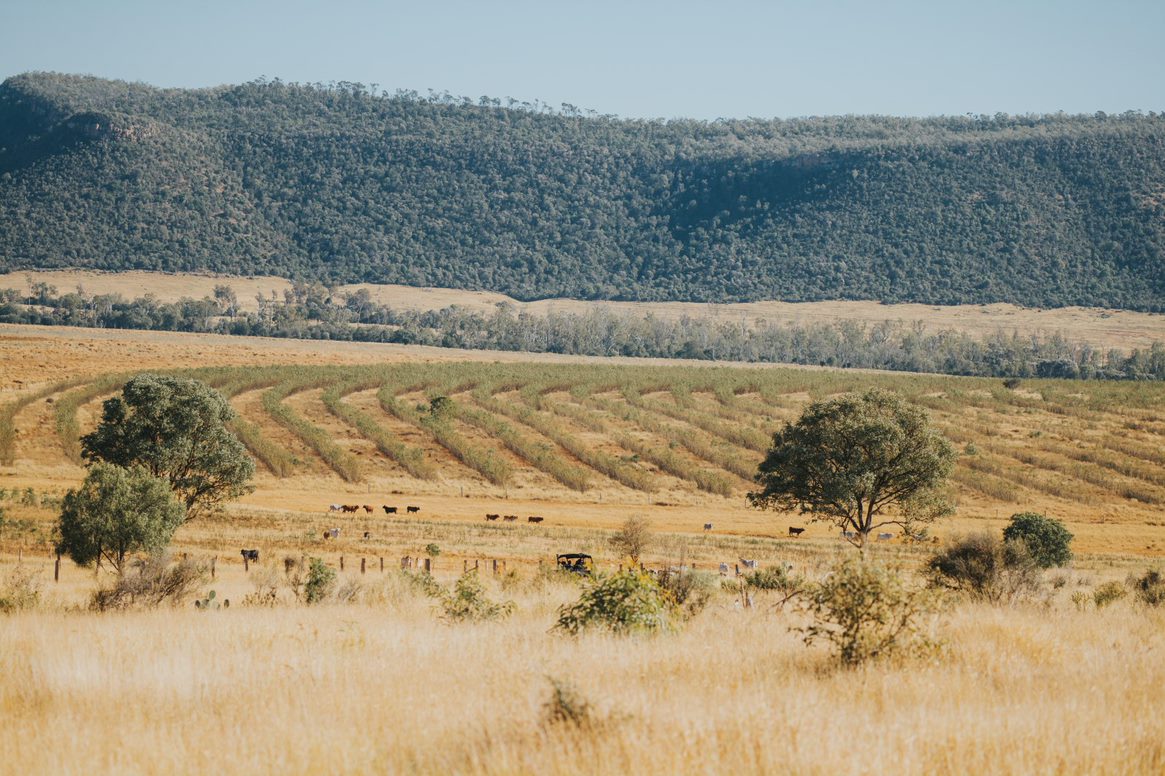
Our Environment and CN30
Our industry as custodians of over half Australia’s land mass, we share a unique relationship with our environment that we respect and are committed to nurturing. We are committed to taking the lead on climate action and have set a target to be carbon neutral by 2030.
Get your business CN30 ready
10 ways to be on the front foot towards carbon neutrality
1. Arm yourself with the right knowledge around CN30 Identify your emission sources, know what carbon storage options are available and document these in your carbon account.
2. Consider herd or flock management practices to improve livestock diet, breeding efficiency or structure to reduce methane emissions per kilogram of live weight produced. Download the beef cattle herd management factsheet or read the full research report.
3. Consider energy efficiency or renewable energy technologies to reduce fossil fuel use which result in carbon dioxide emissions. Find out more about how to weigh up the most energy-efficient options for your business.
4. Identify shade and shelter options on your property. Integrate trees and shrubs to grazing systems for improved carbon storage and animal health and biodiversity benefits. Your local Landcare group can help you choose the right tree and vegetation species for your region.
5. Consider the potential for savanna fire management methods to avoid emissions and improve carbon storage.
6. Monitor and record active dung beetle populations in your herd or flock and keep an eye out for new species as they are released.
Within three years
1. Plan for delivery and distribution of new feeds and supplementswhich reduce methane emissions from livestock and improve animal growth rates. This will enable more red meat to be produced for the same or reduced methane emissions.
2. Establish deep‑rooted, palatable pastures and legumes to improve soil carbon levels and lift animal productivity.
Longer term
1. Consider what mix of pastures, legumes and trees is suitable to maintain livestock productivity in future weather and climate scenarios.
2. Look at collaborative supply chain arrangements to mitigate financial, environmental and market risks as well as the impact on business inputs and output.



